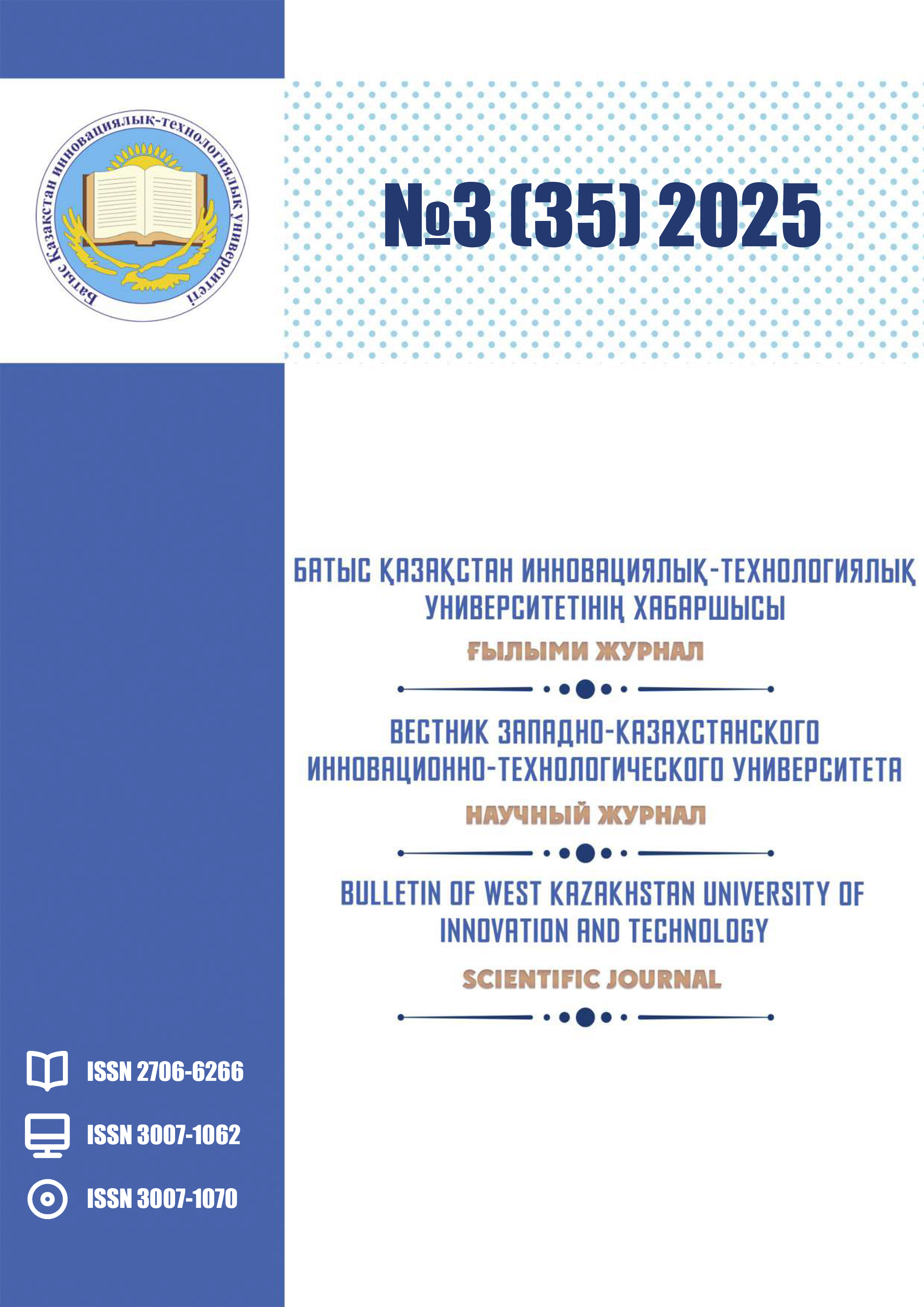RABIES EPIZOOTIC SITUATION MONITORING IN KRASNODAR REGION
DOI:
https://doi.org/10.62724/202530408Keywords:
Epizootology, prevention, diagnostics, rabies, Krasnodar Territory.Abstract
This article presents the results of studies on the manifestation of rabic infection, prevention, registration and diagnosis in the Krasnodar Territory. The main indicators of rabic infection have been identified for predicting and improving antiepizootic measures. . It was found that during the period 2008-2022, rabies was registered annually, and 154 cases of rabic infection were identified. The specific incidence of dogs was 46.8%, cats 24.0%, foxes 13%, cattle 7.1%, and other animal species 9%. During the above period, the minimum number of cases was in 2022 – 1 case, and the maximum in 2008 – 29 cases. The seasonality of rabies in the Krasnodar Territory has its own characteristics. The maximum number of rabies patients is registered in the spring months – 31%, in the winter and summer months - 23.8% each, in the autumn – 21.4%. Currently, rabies studies are conducted using MFA and ELISA methods, including conducting a bioassay on white mice. For the period 2020-2022 MFA – 1886, ELISA – 1886, and bioprobe – 1868 studies were conducted, with a total of 5,640 studies. In addition, it is possible to conduct research on rabic infection by PCR. The directions for the study of indicators affecting the occurrence and spread of rabies foci have been selected, which will make it possible to predict and improve antiepizootic measures.

